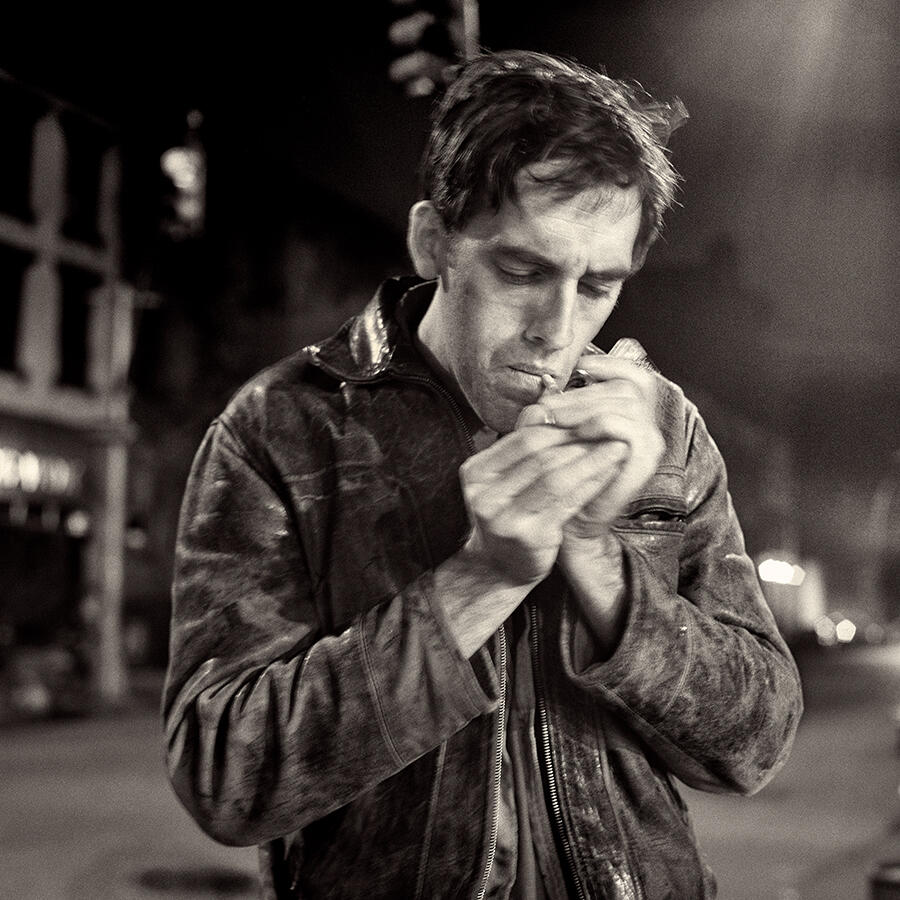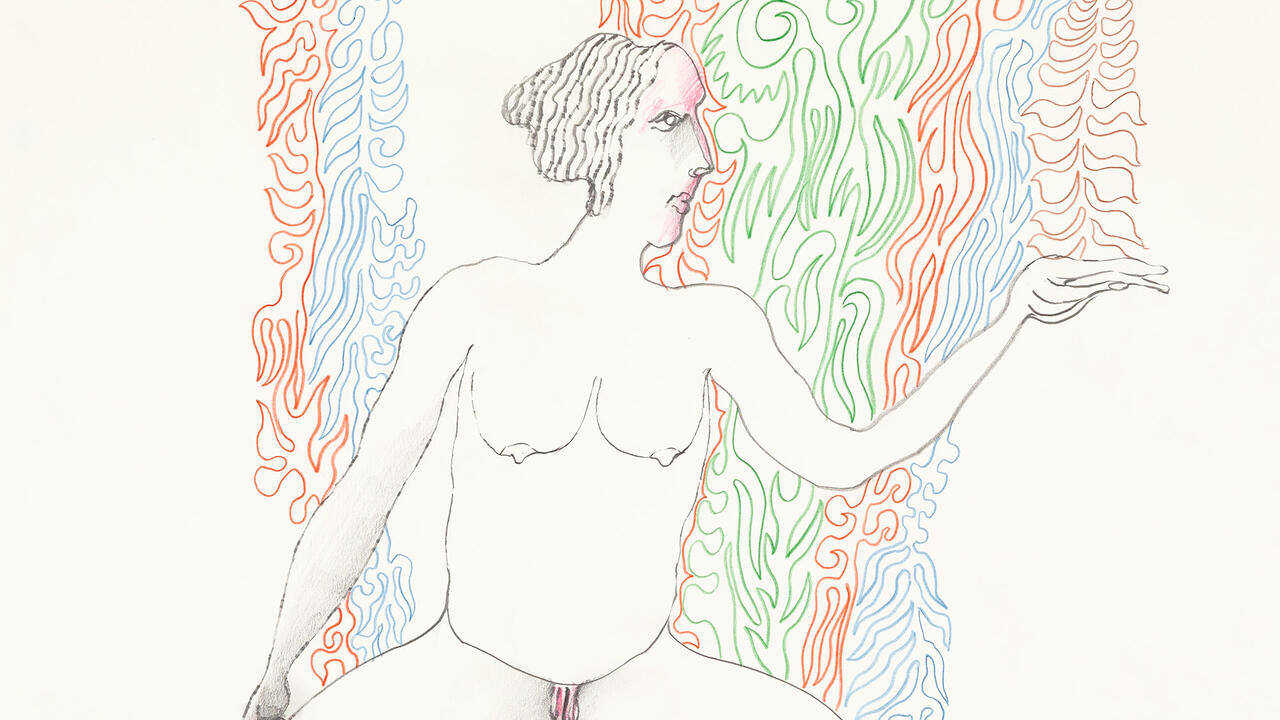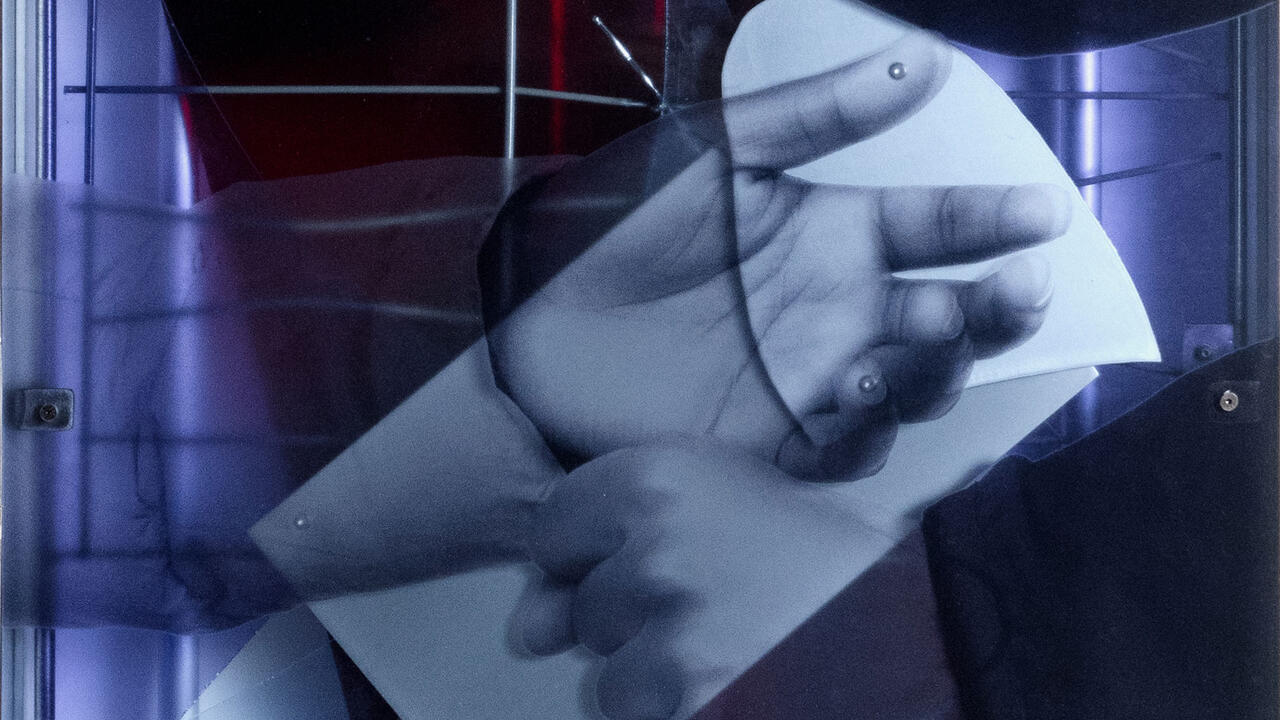The Wine-fuelled Nostalgia of ‘Bohemia: History of an Idea’
At Kunsthalle Praha, a group exhibition traces bohemian living from post-war Paris to New York, Tehran, Vancouver, Beijing and, finally, Prague
At Kunsthalle Praha, a group exhibition traces bohemian living from post-war Paris to New York, Tehran, Vancouver, Beijing and, finally, Prague

Bohemia, the original enfant terrible, is now an object of nostalgia. That, at least, is how curator Russell Ferguson tells the story in ‘Bohemia: History of an Idea 1950–2000’. The fact that this show is being staged in Prague is no coincidence: the term bohemian comes from the Latin name for the area now known as the Czech Republic, where the wandering, music-playing Roma – whose lifestyle anticipated that of the bohemians – originated. Since 1851, the year in which French novelist Henri Murger published Scenes of Bohemian Life, later popularized by Giacomo Puccini in his opera La bohème (1896), the romantic image of a penniless, free-living artist has exerted its fascination.

Beginning in post-war Paris, when the city was still the dream destination for an international bohème, the exhibition opens with Ed van der Elsken’s photograph Untitled (Vali Myers in Paris) (1950–54). Depicting the Australian dancer and artist on a boulevard – rain-soaked, eye makeup running, cigarette in mouth, lonely and exhausted – the image sets the mood for the show, which chooses to fixate on the melancholy of its titular subject rather than search for its legacy in our present moment.

Arranged chronologically in two large halls across two floors, the exhibition quickly moves from France to the US, where a new bohème was forming around beat writers Jack Kerouac and Allen Ginsberg in New York. The film Pull My Daisy (1959) by Robert Frank and Alfred Leslie, as well as several portraits by the painter Alice Neel – some of the few paintings in an exhibition that mainly consists of photograph – give the impression of a relaxed atmosphere permeated by cigarette smoke and the sound of jazz. From there, the show moves to London and the Swinging Sixties, as represented by David Bailey’s picture of a young Mick Jagger (1964): in the curator’s eye, even commercially successful pop groups, like the Rolling Stones, had their origins in bohemian milieu.

So, too, did the hippies, who set off half-naked for festivals of love on the US West Coast, with LSD and contraceptive pills in their pockets. It’s here, however, that the first cracks appear in the dream. In 1969, the Altamont Rock Festival – witnessed here through Bill Owens’s photographic series ‘Altamont’ (1969) – ended in deadly violence.

In the second hall, a brief look at other cities follows: Tehran, Vancouver, Beijing and, finally, Prague. Libuše Jarcovjáková’s photographs from the 1980s show the nocturnal life of the LGBTQI+ community under communism. Her impressive yet infrequently shown images – reminiscent of New York-based photographer Nan Goldin’s early work – testify to the fact that a lively bohemian life can persist even under a repressive regime.

In the last room, we find ourselves back in New York. Those who today know SoHo as a place of luxury restaurants and shops will hardly believe that this neighbourhood was once the desolate playground for artists and hustlers depicted in Thomas Struth’s Crosby Street, Soho, New York 1978 (1978). It’s a reality mirrored in Peter Hujar’s photographs of an empty New York at night, such as Leroy Street (1976), and the tragically beautiful images in Goldin’s slideshow ‘The Ballad of Sexual Dependency’ (1981–ongoing), which tell of the impact of AIDS on a life of sexual freedom. The exhibition ends with Wake (2001) by Wolfgang Tillmans. Depicting a room full of trash after a party, it makes for a bleak finale. But was bohemian life really so grim? And why does it no longer exist?
‘Bohemia: History of an Idea 1950–2000’ is on view at Kunsthalle Praha, Prague, until 16 October.
Main image: Roy Arden, Red Wine 1, Vancouver, 1981–85, photograph, from the series ‘Fragments’. Courtesy: © Roy Arden























